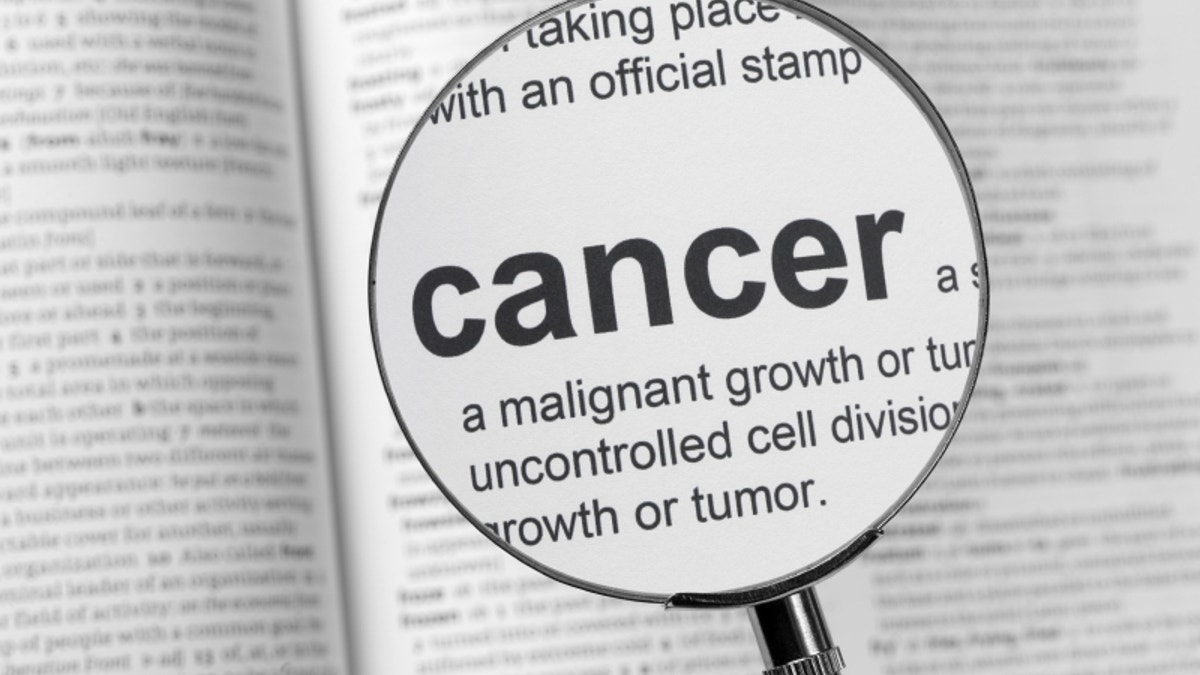
Drops in smoking may have helped drive cancer death rates down among black men during the last decade, but they are still more likely to die of cancer than whites, according to a new analysis.
"I think we see some really good news, but then we also see some trends that are going in the wrong direction," said Carol DeSantis, the study's lead author from the American Cancer Society (ACS) in Atlanta.
Using information from several databases, the researchers analyzed information on the number of cancers diagnosed and the number of cancer deaths reported across the U.S. between 1990 and 2009.
The biennial analysis found that improvements in cancer treatments and care have avoided nearly 200,000 cancer deaths in blacks since 1990.
But cancer death rates for blacks are still higher than whites, according to DeSantis and her colleagues, who published their findings in CA: A Cancer Journal for Clinicians on Tuesday.
Between 2005 and 2009, the researchers found about 288 black men died from cancer out of every 100,000, compared to about 217 white men. Among women, those numbers were about 181 blacks per 100,000, and 155 whites per 100,000.
The gap between cancer death rates narrowed the most between black and white men during the last decade, according to the researchers. Over that time, the cancer death rate for black men fell by 2.4 percent every year, compared to 1.7 percent for white men.
"That's primarily driven by declines in lung cancer, which is driven by more black men stopping smoking than white men," said DeSantis.
For women, however, death rates fell equally between blacks and whites over the last decade at about 1.5 percent.
Access to care
The researchers also found black women are 16 percent more likely to die from cancer even though they are 6 percent less likely to get cancer.
"Primarily the reason for the lower incidence rate is that (blacks) are at a lower risk of lung and breast cancer... Then we see if you're diagnosed with the cancer you're more likely to die from the disease, and that's truly an access to care issue," said DeSantis.
"This is a mix of good and bad," cancer disparity researcher Dr. Christopher Lathan, who was not involved with the new analysis, told Reuters Health.
"We are making some progress in cancer treatment and we're narrowing the gaps, but there are still areas that need work," said Lathan, director for the Cancer Care Equity Program at the Dana-Farber Cancer Institute in Boston.
David Wetter, professor in the Department of Health Disparities Research at The University of Texas MD Anderson Cancer Center in Houston, said the new numbers show that healthcare professionals and public health officials still need make an effort to reach out to underserved populations.
"Underserved, marginalized populations are the very last to benefit," Wetter, who was not involved with the analysis, told Reuters Health.
"Unfortunately, as treatments improve and newer treatments are coming out, we will see a widening disparity if people don't have equal access," said DeSantis.